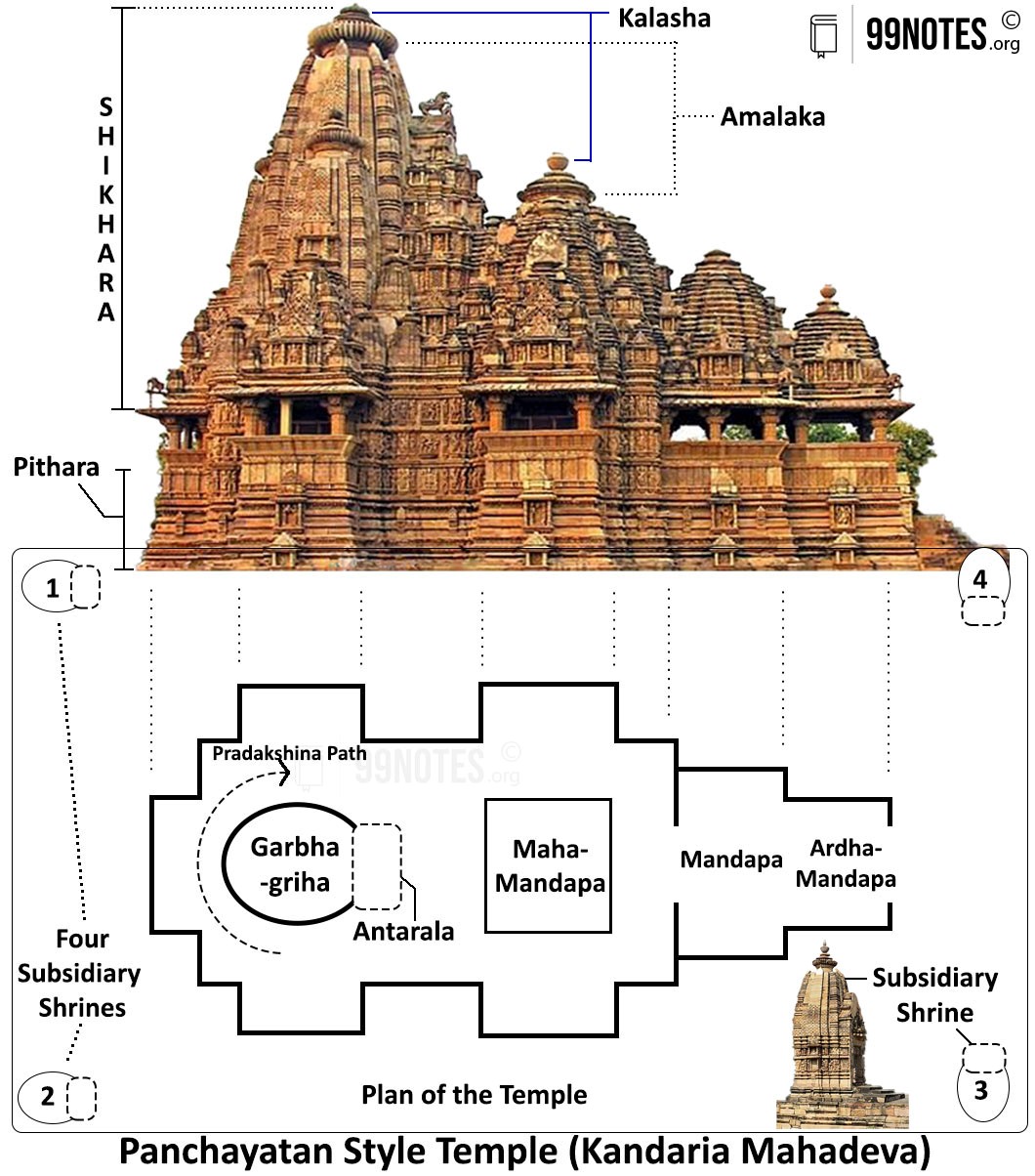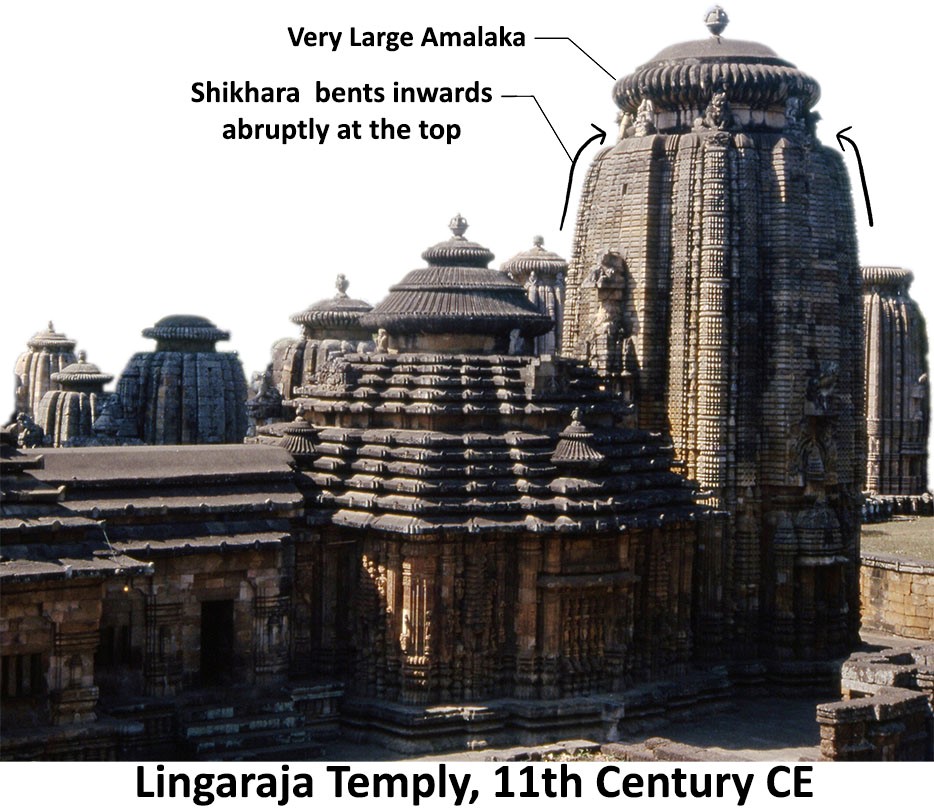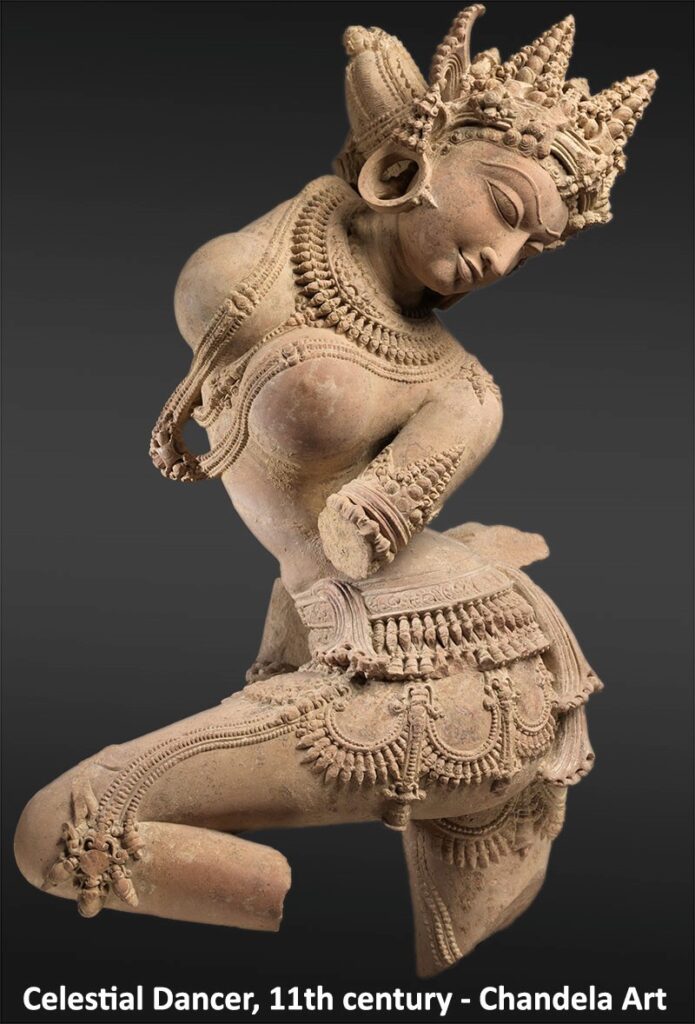Evaluation of Rajput States- UPSC Notes
Evaluation of Rajput States
In the previous page, we discussed the chronology of the Rajput states and the early Muslim invasions. In this page, we shall discuss the reasons for the military failure of the Rajputs, their art and society.
Reasons for the Military failure of Rajputs:
- Military Factors:
- Supply of horses: Cavalry formed the most important part of medieval armies. Whereas the Ghurids got an uninterrupted supply of Central Asian and Arabic horses, the Rajputs’ supply was blocked.
- Lack of Mobility: Rajputs relied more on elephants which were highly immobile. It could not manoeuvre or chase a retreating enemy. Therefore, they could win only in defensive battles.
- Superior Technology: Turks had made various improvements in their cavalry. They used Iron Stirrups (rings to put shoes) to provide stability to the rider and Iron Horse-shoe to increase their speed.
- Battle strategies: The Turks used to keep a reserve force to break the defence lines of an exhausted opponent force, whereas Rajputs preferred an All-out attack.
- Political factors:
- The feudal system of Governance: It led to more internal struggle, which weakened the kings.
- Lack of sound strategic consciousness: Rajputs failed to judge the new threats emerging in Central Asia. They should also not judge the strategic importance of the natural defences provided by the North-Western Frontier of India.
- Lack of Alliances: Only one alliance, i.e. under King Bhoja, could be formed to face the Ghaznavids. Otherwise, Rajputs were sworn enemies of each other.
- Socio-cultural Factors:
- Poor Discipline: Dynasty-based politics was not best suited to maintain discipline. Whereas the Ghurids had an impressive discipline in their army which was composed of a large number of slaves, and treated war as a ‘Jihad’ or Holy war.
- Idealistic Outlook: Rajputs unreasonably expected wars to be “Dharma Yuddha” (wars fought on principles). For example, they expected wars to be paused during the nighttime, or they didn’t kill the surrendered enemy.
- Taking families to war: Rajputs treated wars as sports or as vacations. Often taking families on pilgrimage alongside.
Various aspects of Rajput culture
- Social structure
-
- The Rajput society was centred on clans and was attached to land, families, and honour (maan). There was a sense of brotherhood among the Rajputs.
- Rajputs tended to form exclusive groups, each claiming superiority over the others. Consequently, they were not prepared to extend the sense of brotherhood to non-Rajputs on whom they were ruling.
- For example, Parmar court poet Padmagupta wrote in Nava-Sahasanka-Charita that all Suryavamsi Rajputs (Parmars, Solankis, Chahmanas and Pratiharas) emerged from an Agnikund.
- Religion
-
- Most of the Rajput rulers were strong promoters of Hinduism, though some of them also patronised Jainism.
- They generously donated to temples and Brahmans.
- The Rajput rulers presented themselves as protectors of the Varna system and the privileges of the Brahmanas.
- Economy:
- From the 8th century onwards, several small towns grew all over India, which became the local trade centres.
- Local markets such as Mandapika (or Mandis) and Hatta (or haats) became important centres of trade in the local economies.
- The barter system was prevalent alongside currency circulation.
- Numismatics (study of coins):
- All coins have an image on the front and the Name of the king in the Nagari script on the rear.
- Most coins contain Goddess Lakshmi in some form. Kalachuri coins are the first coins found following this trend.
- Later even Mohammad Ghori issued coins with Goddess Lakshmi. We also find Ghurid coins with Vishnu’s feet and Nandi. These were issued only to gain legitimacy among the general public.
 Rajput Architecture
Rajput Architecture
Rajput Temples
The Nagara style of temple construction came into prominence during this period. It may be regarded as marking a climax in temple-building activity in north India. Numerous temples were constructed at various other places in north India, like Mathura, Banaras, and Dilwara.
Various sub-styles developed in this time:
- Panchayatan Style:
- The Chandellas championed a new Panchayatan style of Nagara Architecture with a main shrine in the centre and four subsidiary shrines at the periphery.
- The group of temples at Khajuraho in Madhya Pradesh represent this style the most. For example, the Parsvanatha temple, Visvanatha temple, and Kandaria Mahadeo temple.
- These temples are significant for their erotic sculptures.

- Maru Gurjara Style or Solanki Style:
- The tangled carvings on the walls of the temples demonstrate that the art of sculpture had attained its height. The heavy carvings on the ceilings of the Mandapa create a distinctive style of these temples.
- Vastupala, minister of Chalukyan ruler Bhima of Gujrat. He was a writer, a sentinel of scholars, and the constructor of the beautiful Jain temple at Mt. Abu (Vimalvashai and Lunavashai temple).

- Kalinga Style of Odisha:
- The Shikhara of these temples goes straight to the top and then abruptly bents inwards, giving a sense of bulkiness. The shikhara is topped with a large Amalaka and a Kalasha.
- The most spectacular examples of temple architecture of this period are the Lingaraja temple (11th century) and the Konark Sun temple (13th century). In addition, the well-known Jagannatha temple in Puri is also from this period.

Sculptural Art of Rajput States
- The art of sculpture-making peaked during this time.
- Rajput Sculptures are a culmination of a millennium-long development of the temple and sculptural art. The sculptures on the temple walls protrude freely out of the picture plane, with figurines often displayed in Tribhanga posture giving a sense of motion.
- The Chandella sculpture of a celestial dancer or the Kalachuri sculpture of the Dancing Ganesha are prime examples of this style.

Literature
- Sanskrit flourished, and many books and plays were written under the patronage of the Rajputs. Paramaras cities Ujjain and Dhara were renowned centres for Sanskrit learning.
- The Jain scholars made significant contributions to Prakrit and Apabhramsha
- The development of modern north Indian languages, such as Hindi, Bengali and Marathi, also occurred during this period.
- Kashmir appears to be a great centre of Sanskrit Learning. The Lohar dynasty king Jaisimha(1128-1155) appears to be a great Patron of Sanskrit poets. Moreover, various kings across India employed Kashmiri poets to execute their Prashastis.
- Mankha: He was the court poet of Jaisimha of the Lohar dynasty.
- Kalhana: He was a historian and the writer of Rajtarangini (Flow of Kings), which contains detailed accounts of the Kings of Kashmir.
- Bilhana: He was patronised by Western Chalukya King Vikramaditya VI. He wrote Vikramankacharita in honour of his patron Vikramaditya VI.
- Jayanaka: He was a poet-historian in the court of Prithviraj Chauhan. He wrote Prithvirajvijaya.
Rajput Prashastis:
- ‘Prashasti’ translates as “in praise of”. Since ancient times we have seen many Prashastis, such as Kharvela’s Hathigumpha inscription (1st century BCE), which glorifies the king’s conquests.
- However, in medieval times, the Prashastis often tried to exaggerate the kings and their conquest too much and often assigned them supernatural powers.
- For example, Chand Bardai in Prithviraj Raso tells us that Prithviraja killed Mohammad Ghori in his camp with an arrow blindfolded. However, enough sources suggest that Ghori lived for 10 more years after the 2nd Battle of Tarain.
- Hemchandra: Jaina scholar, contemporary and teacher of Kumarapala of the Solanki Dynasty.
Conclusion: The period ending in the 12th century led to a series of events leading to the Delhi Sultanate‘s rise. Although, South India continued to be ruled by several important Regional Kingdoms, which we shall discuss on the next page.







